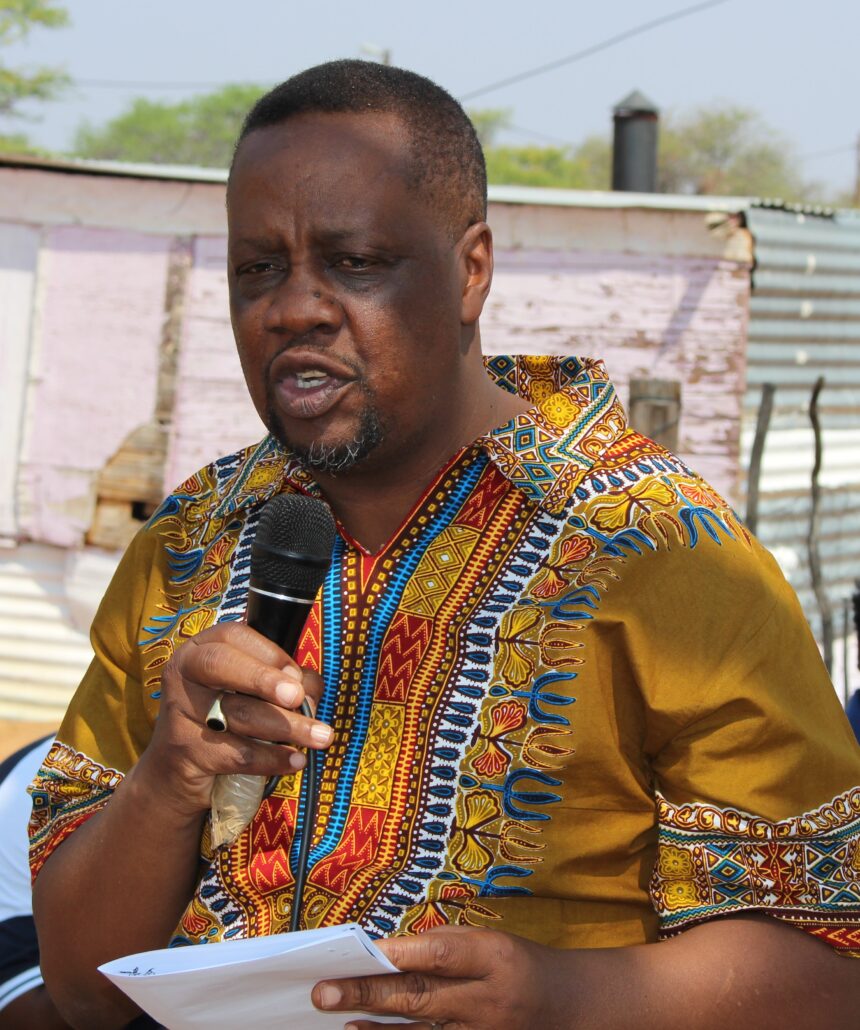The Omaheke region, known as the cattle country of Namibia, has started searching for new ways of growing its economy and not solely be known for livestock.
The region has taken on a diversification strategy to include crop farming – and many residents now prefer to call it “the cattle and agro region”.
Omaheke is one of the least populous of the fourteen regions of Namibia. With Gobabis being its capital, the region lies in eastern Namibia, bordering with Botswana, and it is the western extension of the Kalahari desert.
Omaheke governor Pijoo Nganate said the region envisages establishing an Agro-Processing Hub. He stated the region no longer wishes to depend solely on livestock farming; thus, farmers have embarked upon diversification and embraced the lifestyle change that comes with it.
The region is also working hard to save the country’s milk industry from total collapse.
“The region is working hard to diversify its economy and see how to solve some difficulties, such as poverty and unemployment. We have used the land to start this industry,” said Nganate.
The governor noted that some 700ha of irrigated land has been targeted for the regional dairy industry. According to a document seen by New Era, the agriculture ministry is considering a dairy value chain development scheme, with the sole purpose to develop a rural dairy industry, based on small and medium farmers’ production systems.
The scheme seeks to link rural milk production to formal markets, including government entities, catering services and retailers.
Through this initiative, the ministry aims to stimulate an increase in milk and dairy products in the country.
Target groups for the dairy scheme include existing communal, resettled and emerging commercial dairy producers.
The report added that a total of N$4 million is allocated in the 2022/23 financial year for the pilot projects.
The scheme further supports dairy producers through the provision of a subsidy on veterinary medicines, feeds, equipment and input, machinery, materials and shelter. Agriculture ministry spokesperson Jona Musheko said: “We are piloting in Omaheke and Otjozondjupa. After that, we will assess how it performed, and we shall determine whether we can roll it out or not.
Additionally, Omaheke chief regional officer Peka Semba said the region is challenged by the late release of funds from the urban and rural ministry, which hampers their efforts in trying to awaken the region’s economy.
There is also too much vandalism of infrastructure in settlements, among livestock theft, he said.
“On rural services, there is a lack of funding for most programmes, while the budget for monitoring and evaluation remains
insufficient. Also, there is a lack of transport to deliver project materials to sites, adding to the
lack of cooperation from some project beneficiaries,” stated
Semba. –mndjavera@nepc.com.na


